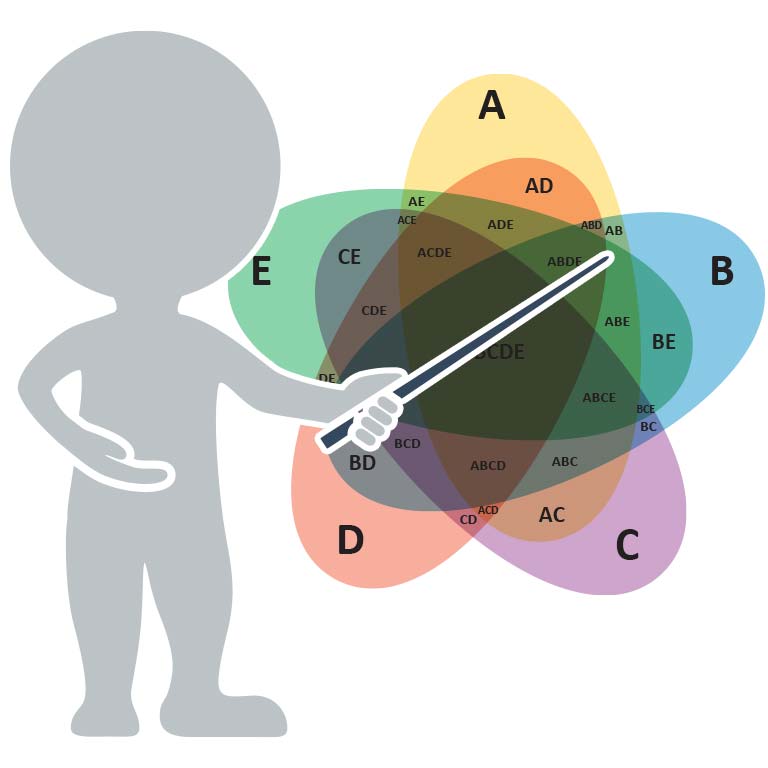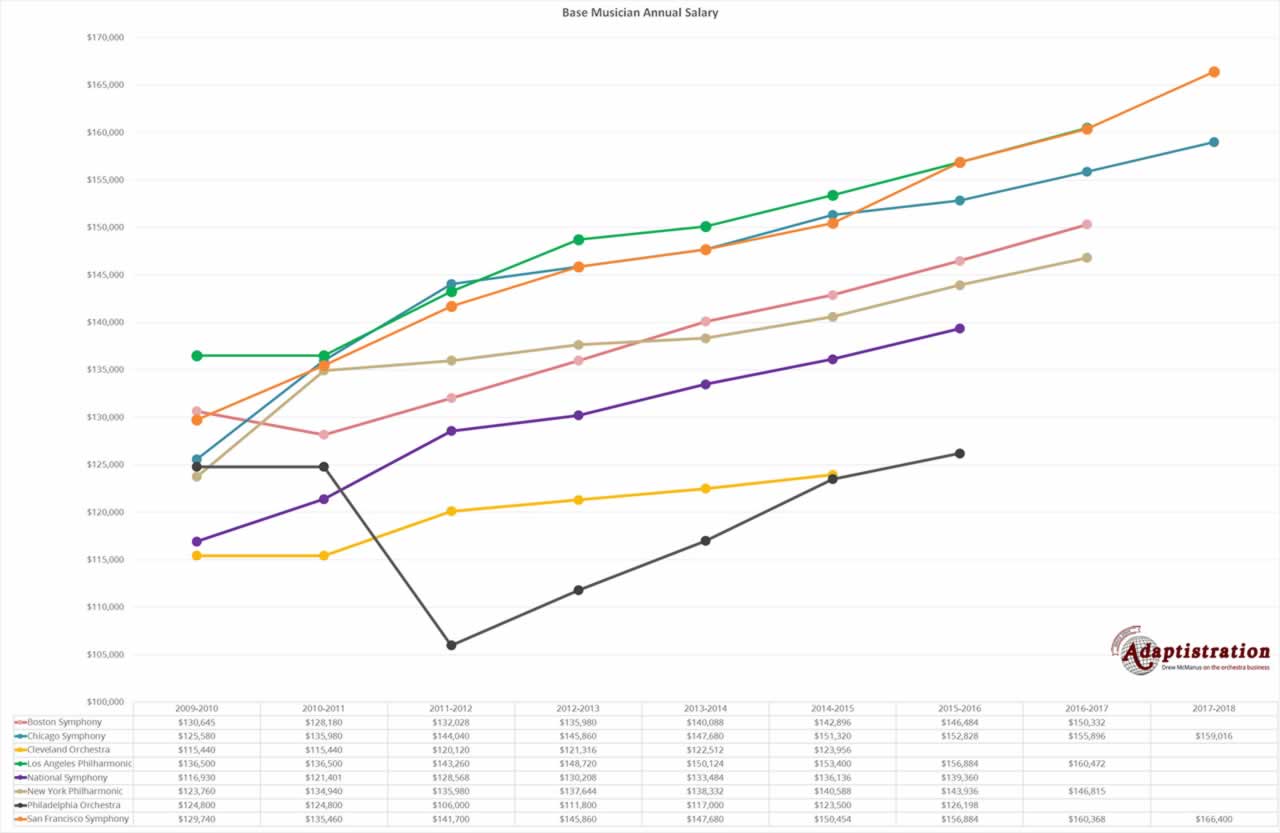 To continue where we left off yesterday, we will begin to learn how the Denver Zoo docent program enables members of the community to become active participants in helping the zoo achieve its stated mission. In order to fully understand how much of an impact the docent program has on the organization, I conducted a study involving the three primary stakeholders in the program; the volunteer docents, animal keepers, and zoo administrators.
To continue where we left off yesterday, we will begin to learn how the Denver Zoo docent program enables members of the community to become active participants in helping the zoo achieve its stated mission. In order to fully understand how much of an impact the docent program has on the organization, I conducted a study involving the three primary stakeholders in the program; the volunteer docents, animal keepers, and zoo administrators.
I distributed questionnaires to the docents and animal keepers and conducted telephone and email interviews with administrators. After all of the data was processed, it was astounding to discover how much the zoo relies on the docent program to achieve the following:
- Enhance the visitor’s enjoyment of their zoo experience.
- Educate visitors about the zoo’s mission of inspiring public awareness regarding global conservation.
- Provide the necessary human resources to conduct an effective in-school and summer education program.
- Allow the paid staffers, managers, and animal keepers to focus more of their time on issues directly related to operating the zoo.
- Assist in special research projects by donating their unique professional skills and experience.
Here’s how the Denver Zoo volunteer docent program is structured:
- The docent program falls under the auspices of the Zoo’s Education department.
- The program is governed by paid members of the Denver Zoo staff and a council of 10 volunteers, each supervising a different section of volunteer service.
- The docent program currently maintains approximately 300 docent volunteers that must donate a minimum of 50 hours per year and attend five general docent meetings annually.
- There are several primary avenues of public interaction and education roles docents can work.
- On average, each docent receives 15 weeks of training, including a two day Animal 101 class and animal monitoring programs. Some docents receive significantly more training if they serve as a “volunteer assistant keeper”. 82% of docents surveyed regularly enroll in ongoing continuing education programs.
- The cost to become a docent starts at $90.00. That includes an initial training fee of $25.00 and the required zoo membership, which start at $40.00 annually. The remaining $25.00 covers a uniform fee which provides a vest and name tag.
- Denver zoo docents donated over 60,000 hours of service in 2003 (that breaks down to 200 hours per docent or 25 eight-hour days!).
Surveying the docents
When compiling the data from the docent questionnaires, I was able to determine that the average length of service per docent was 9.8 years. The longest tenure was 20 years and many had between 10 15 years of service, that’s longer than most orchestra administrators stay with their given organization. The following charts highlight the analysis of docent respondents.



In addition to performing their regular duties as docents, 73% said that they contribute special skills or services to the zoo beyond their regular docent responsibilities. Some of these included writing marketing and public relations copy, special administrative support, and professional classroom education skills. This demonstrates that the vast majority of docents feel strongly enough about the zoo and its mission that they are willing to give more of themselves than they would have without the access to the organization being a docent provides.
100% of respondents said that their experiences as a docent have enhanced their appreciation for the zoo and its mission. 83% of the answers focused on issues related to better understanding the operational aspects of the zoo, animal keeper duties, and how important good interaction with the public is to the success of the zoo.
The experienced docents also reported an increase in their dissatisfaction with the program that was directly related to the program becoming more formalized and the increase in the numbers of full time paid staffers replacing some of the duties they used to perform. 90% of all respondents noticed an increase in the program’s formality during their time in the program while 56% percent of those with over 10 years service have a decidedly negative impression of what one respondent termed the “corporatization” of the education department.
This would indicate how important it is for the volunteers to retain a certain level of control over what they feel belongs to them and the community.
When asked if they could improve the docent program, the majority of answers focused on returning more control of the program over to volunteers, increase the amount of interaction with the animal keepers, and create more social activities between volunteers. This is clear sign of how important it is to provide access to the individuals, such as animal keepers, that retain the knowledge and specialized skills needed to facilitate the zoo’s mission.
Surveying the animal keepers
In this comparison between zoos and orchestras, it’s the animal keepers that match up to the musicians. The keepers are entrusted with providing quality exhibits and to conduct research to further the zoo’s mission. They are the trained specialists that allow the zoo to provide its public service. How they perceive the docent program should carry a tremendous amount of weight as to its assistance in helping the zoo fulfill its mission.
100% of the respondents indicated that the docent program has helped the zoo achieve its mission in ways that would otherwise not be feasible. All of the respondents stated that one of the most valuable services the docents provide is public relation skills that increase the level of awareness and education presented to visitors.
Several noticed that the diverse membership of the docent program directly contributes to the ability of docents to draw such a wide variety of visitors into a “learning relationship” with the zoo, which provides for a higher number of repeat visitors. Half of the respondents felt that the “learning relationship” also made the zoo a more popular community attraction.
Another positive response came from 50% of the respondents who believed that the docent’s inherent love for animals and the environment put them in a unique position to communicate the public awareness message that is part of the zoo’s mission.
The only negative observations surfaced as answers to how they would improve the docent program. 71% of the respondents have noticed some docents inadvertently distributing misinformation about animals or exhibits. The same percentage felt that the docents should be provided with better training, therefore reducing this from happening in the future.
Interview with the education department administrators
I had the opportunity to speak to Jacque Taylor, Director of Education and Volunteer Programs at the Denver Zoo about the docent program. Also included in the conference call were Vickie Balance (Volunteer Organization Chair), Pat Northup (Volunteer Organization Chair Elect), Mary Rosenberger (Volunteer Organization Past Chair), and Angie Panos (Volunteer Programs Manager).
I had the opportunity to speak to Jacque Taylor, Director of Education and Volunteer Programs at the Denver Zoo about the docent program. Also included in the conference call were Vickie Balance (Volunteer Organization Chair), Pat Northup (Volunteer Organization During my conversation with this group, it was evident early on that the volunteer docents made the variety and frequency of education programs possible. And toward the end of the conversation, they mentioned exactly that.
The program has been so successful that there are plans to ultimately expand the number of docents from 300 to 600 in the near future. Due to the current large numbers of volunteers, the education department has been able to develop several summer programs that are offered free of charge to the public. Without the skilled labor donated by docents, those programs would not be possible without needing to charge a prohibitive user fees.Chair Elect), Mary Rosenberger (Volunteer Organization Past Chair), and Angie Panos (Volunteer Programs Manager).
Officially, Jacque said that the docent program costs the zoo $25,000 annually, but that does not include labor costs and paid education staff. However, she went on to say that the education department does receive $80,000 – $100,000 annually from a Colorado tax program designed to fund education initiatives among non profits.
I learned that the vast majority of zoo visitors have direct contact with docents as opposed to paid zoo staff or animal keepers. Therefore, the primary means of communicating the zoo’s mission statement is through the docents. It was stressed that volunteer docents are unique to the zoo mission in that they can relate in different ways to visitors. They want to interact, it’s their primary focus and as such, it allows them to perform their duties to a high level of accomplishment.
Although there is no obligation on part of the volunteer organization to function in development capacity, they have done so on their own accord on several occasions. Recently, the volunteer organization raised $100,000 for one of the zoo’s capital projects. Given the number of docents enrolled in the program, this amounts to each docent donating approximately $330.00 over and above their annual participant fees and the $315,000 (based on minimum wage) donated in volunteer labor.
Unfortunately, the zoo has never conducted a study to determine if the amount of individual giving to the zoo is influenced by the amount of positive interaction between docents and visitors. However, the education department suspects that the role provided by docents has helped to increase contributions.
Conclusions
In Part 1 we discovered that the Denver Zoo focuses on attracting new patrons and creating an interest in what they wish to achieve by finding a diverse component of their community to come in and do that for them. They facilitate people in their community with the tools they need to become an integral part of the zoo’s mission. They enable members of the community to become involved partners as opposed to static participants.
Without the docent program, zoo visitors would not have as much of a dynamic connection with the zoo. Their experience would be limited to reading informational signs, watching the exhibits, and infrequent contact with animal keepers. The unique nature surrounding the evolution of transforming from a fascinated visitor into a trained docent allows these unique individuals to communicate to the conventional visitor in ways that are otherwise not possible. This particular form of interaction serves to spur a public interest unavailable through conventional marketing methods.
In the case of orchestras, decades of becoming disconnected from their communities have led them to become a niche form of entertainment and an exclusive cultural experience. As most are just beginning to wake up to the reality that all but the upper echelons of the industry are in very real danger of collapsing within the next decade unless they discover a way to reconnect with their communities in a relevant fashion.
By learning how to implement a public outreach initiative similar to that of the Denver Zoo docent program, they can begin to reach their true audience development potential. By inviting the public to come in under their own terms and learn how to become the orchestra’s voice, they will begin down the path of becoming relevant again.
I invite you to return tomorrow where I’ll outline a plan that details exactly how that can be accomplished.


